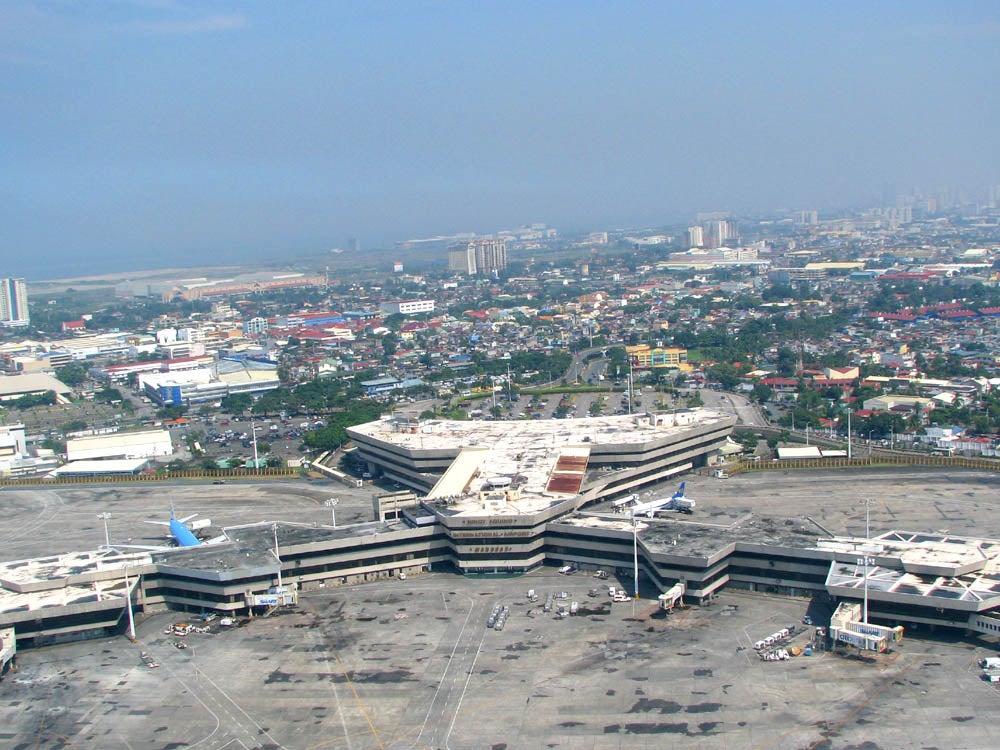
Photo Credit: Flickr user Storm Crypt
Public-private partnerships (PPPs) come in many shapes and sizes, often accommodating unusual partners. The Philippines NAIA Expressway Project—better known as NAIAX—provides a perfect example.
NAIAX is an 8-kilometer toll road providing direct access to the country’s premiere airport, the Ninoy Aquino International Airport (or NAIA). With NAIAX, travel time is cut by 50%, since travelers can bypass congested local roads. It links four major expressways serving the Manila metropolitan area, which is now the fifth most populous city in the world with a population of about 23 million.
Project costs were estimated at $300 million, and due diligence showed a need for a subsidy to improve project viability. The funding gap—about 40% of total project cost (deemed a hefty price tag for a government with a longlist of priority programs)—threatened the project. This is where some unusual stakeholders stepped in—property developers for an entertainment complex.
These developers had a big stake in NAIAX. The airport, one of Asia’s busiest, was only 4 to 5 kilometers from the entertainment complex, but could still take 45 minutes to reach via the congested existing roads. To save the project, the developers offered to cover the funding gap but negotiated for the project to include entry/exit ramps to the complex. The redesign bumped up the costs to $360 million.
There was no precedent for this kind of financing innovation. Government had a lot of issues to work out, for example, was it legal for third-party private funds to be offered as part of a PPP tender? Should government allow the pre-qualified bidders to directly negotiate with the property developers for financing support? How should the funding be structured?
The solution was the Infrastructure Support Fund (ISF), which was set up by the developers on terms and conditions set by the government. ISF was offered as staple financing, available to all bidders—a pre-arranged subordinated peso loan of up to $146 million with a 20-year maturity, 10-year grace and zero interest. The ISF draft loan agreement was issued as part of the bid tender documents. The lowest bid amount for the ISF would win.
Staple financing is not unusual in PPP tenders; these can be provided by lenders with an expectation of investment returns from the project’s revenues. But in this case, the financing was leveraged from the benefits potentially to be derived by private developers of real properties, external to but benefitting from the PPP project.
So what happened? The government received two bids for the project, both offering premiums or concession fee payments with no requirement for financing from the ISF. In hindsight, the government could have gone to tender without the ISF. Many factors might have led to this bid result. Apart from improvements in financing conditions that happened over the period the bid was delayed, there may have been business synergies exploited since the two that submitted bids were operating tolled expressways that will connect to NAIAX, or it could be plain optimism bias, NAIAX being a first major PPP offering.
So was the effort on the ISF wasted? No. The NAIAX compelled government to focus on key PPP considerations—bankability, subsidies, market conditions, risk allocation, and financing options. It encouraged innovative thinking, and with the availability of the ISF, government was more confident bringing NAIAX to the market. Finally, the ISF offering fostered a highly competitive environment that led to the premium bids.
NAIAX created the opportunity for an innovative financing option to be explored and structured. Could there be other similar third-party beneficiary arrangements, their benefits captured and monetized? For example:
- Local government units, with real property value appreciation and their tax impact
- Special economic zones, with transport operating costs and time savings from improved transport facilities for their locators
Related Posts
Video of the NAIX up closeMythbusters: Overcoming macho tendencies in funding toll roads
We look forward to hear from you: Flagging a new World Bank Group consultation on the Guidelines for the Development of a Policy for Managing Unsolicited Proposals in Infrastructure Projects. Submit your feedback here - Now open through May 7, 2017.


Join the Conversation